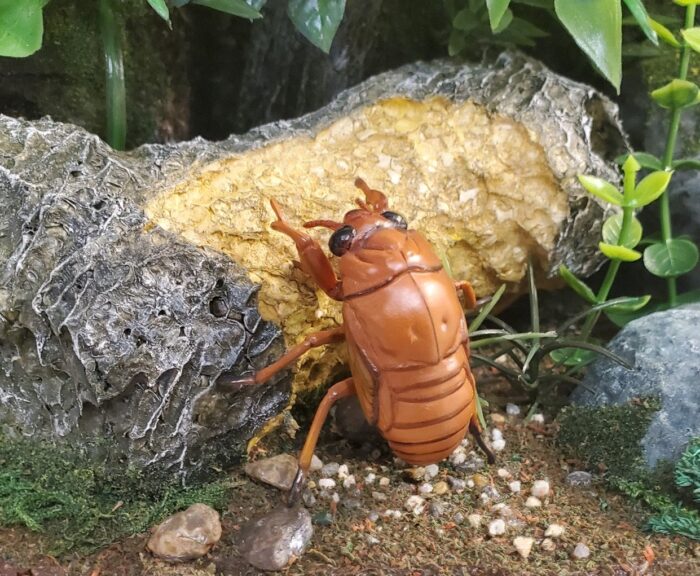Today we are looking at the ecdysis process of the large brown cicada (Graptopsaltria nigrofuscata), a species of cicada distributed throughout much of Southeast Asia, including China, the Korean Peninsula, and Japan. The ecdysis process is whereby a growing animal sheds its skin as it gets larger (e.g., a molting snake) or an insect advancing to the next stage of development, as we will see in this review.
Brand: Kaiyodo
Komodo Dragon (Wild Rush 04 by Kaiyodo)
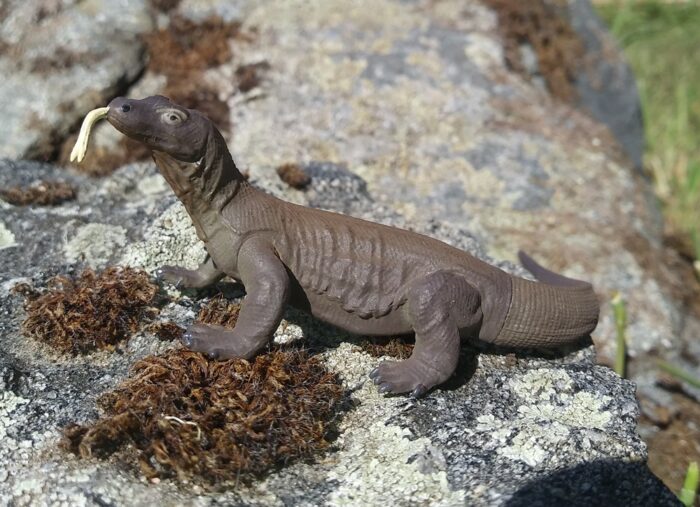
Review and images by Lanthanotus; edited by bmathison1972
Here comes #6 of Komodo dragon reviews on the blog, and thanks to the other five I do not need to introduce you to the animal I guess, so straight onward to the figure.
This small Komodo dragon figure was released by Kaiyodo in the forth set of their Wild Rush series.
Frilled Lizard (Capsule Q Museum: Reptiles Lounge by Kaiyodo)
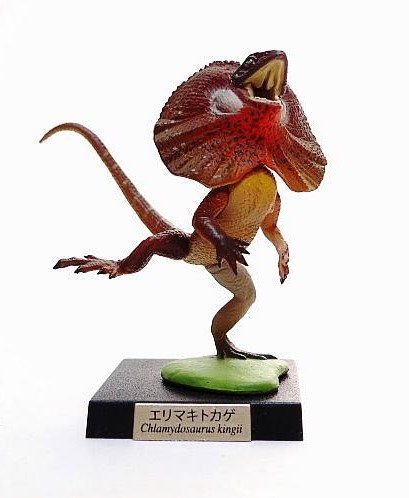
Images by postsaurischian; additional text by bmathison1972
The frilled lizard is a popular and familiar again that lives in northern Australia and southern New Guinea. It is famous for being able to run bipedal, but mainly for its neck frill, which makes it so distinctive, the species is immediately recognizable in even the cheapest of figures (luckily the one we are looking at today is one of the nicer representatives of this species in toy forum).
Tuatara (Dinotales Series 2 by Kaiyodo)
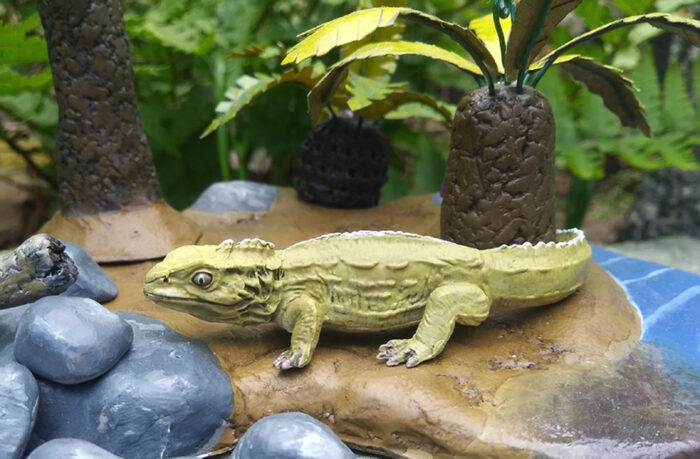
Review and images by Lanthanotus; edited by bmathison1972
Despite its long and interesting history, the tuatara (Sphenodon punctatus) keeps a surprisingly low profile among modern fauna. That may be because of its unexciting lifestyle, which renders the reptile a less sought-after star for modern media. Right in line with that is its rarity in the toy or model world.
Galapagos Land Iguana (Capsule Q Museum: Reptiles Lounge by Kaiyodo)
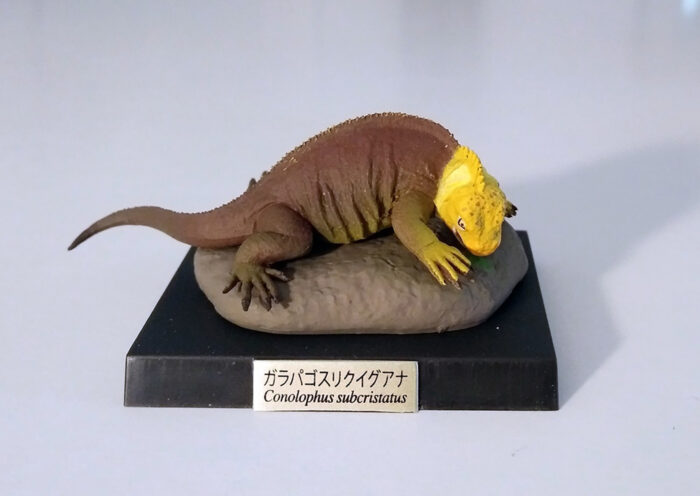
Review and images by Lanthanotus; edited by bmathison1972
“Ugly” and of a “singularly stupid appearance“ were two of the things Charles Darwin had to say about the Galapagos Land Iguana, Conolophus subcristatus. His judgement about their more popular aquatic relatives, the Marine Iguana, Amblyrhynchus cristatus was not much better, those he describes as the “most disgusting”.
Japanese Giant Salamander (Sofubi Toy Box by Kaiyodo)
Common Snapping Turtle (Capsule Q Museum: Invasive Species and New Friends by Kaiyodo)

Review and images by jumboplayset; edited by bmathison1972
For me, my all time favorite animal is without question the common snapping turtle (Chelydra serpentina). I remember when I first saw the species in the wild, in a tiny creek down the way from my grandparents’ house. The creek ran between two streets but was unbelievably idyllic, glowing grass-green in the sun, the bubbling and smoothly flowing sounds of the little creek.
Japanese Firefly (Natural Monuments of Japan by Kaiyodo)
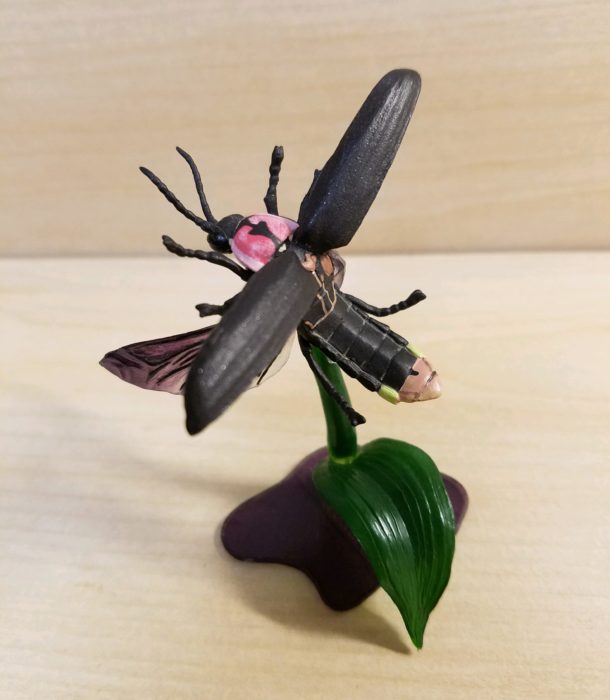
This is a modified version of the walk-around I did for the Animal Toy Forum.
Walk-around of what is probably my favorite figure, the Japanese firefly (also known as genji-botaru), Luciola cruciata Motschulsky, 1854 by Kaiyodo, No. 45 in the Natural Monuments of Japan line. The species has been made a couple times, including previously by Kaiyodo for their Choco Q Animatales line.
Japanese Giant Salamander (Natural Monuments of Japan by Kaiyodo)

Review and images by Lanthanothus; edited by bmathison1972
Through their long history, the group we accept as amphibians was, and still is, very diverse. Among the many fossils a great number of species grew to sizes that are hardly imaginable for us today. The extinct Prionosuchus grew up to 9 metres, longer than any know specimens of the recent crocodiles.
Tsuchinoko (Sofubi Toybox by Kaiyodo)
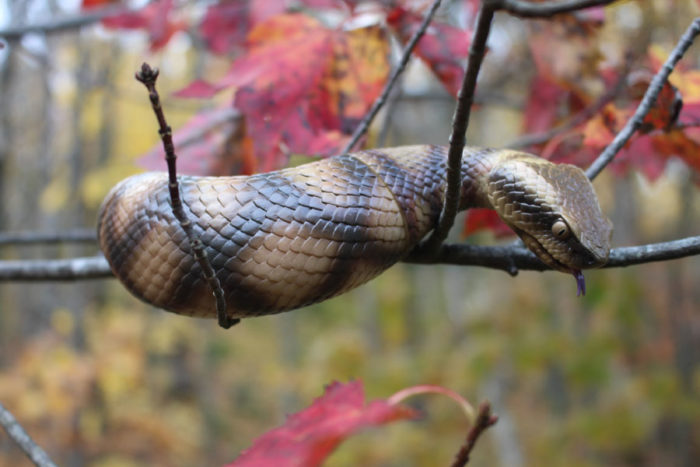
Review and images by stargatedalek; edited by bmathison1972
Editor’s Comment: We are posting this in appreciation of April Fool’s Day. However, please note that fantasy creatures in general will not be accepted for potential Blog reviews, except for fun occasions such as this or after Admin/Editor approval.
The Tsuchinoko is a small pit viper native to southern Japan.
Common Cuckoo (Birdtales Series 2 by Kaiyodo)
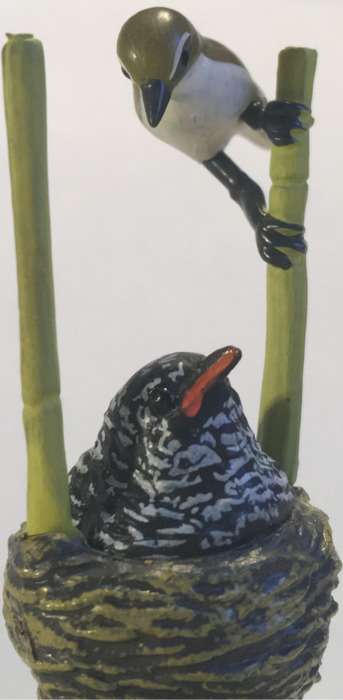
I’ve been intending to write a review of this figure for quite a bit now, but until now, schoolwork and other real life issues have gotten in the way of that. Anyway, let the review commence:
Brood parasitism, the act of relying on other individual animals to raise young, is easily one of the most interesting strategies that has evolved in animals, with it appearing in insects, fish and birds.
Snail-eating Ground Beetle (Capsule Q Museum: Japanese Animal Collection, Tohoku by Kaiyodo)
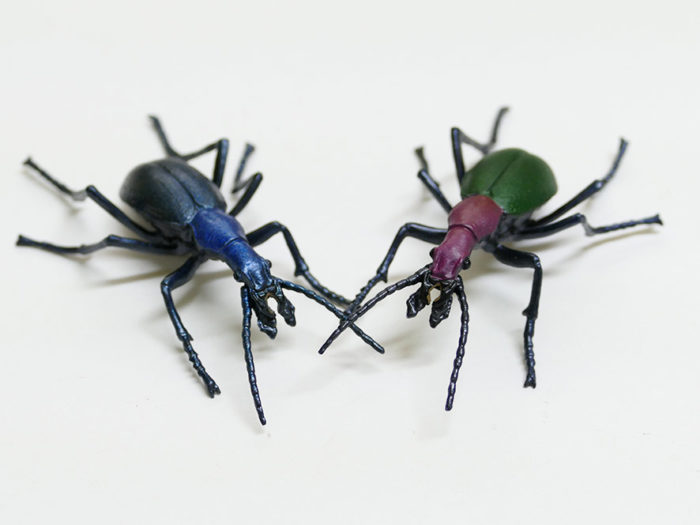
The ground beetles are a large, cosmopolitan family of beetles (Carabidae) with more than 40,000 species worldwide. Many species of ground beetles (adults and larvae being predators of many invertebrates, including various pests) are considered beneficial organisms to humans.
Carabus blaptoides is a species ground beetles distributed in Russia and Japan having many subspecies.

